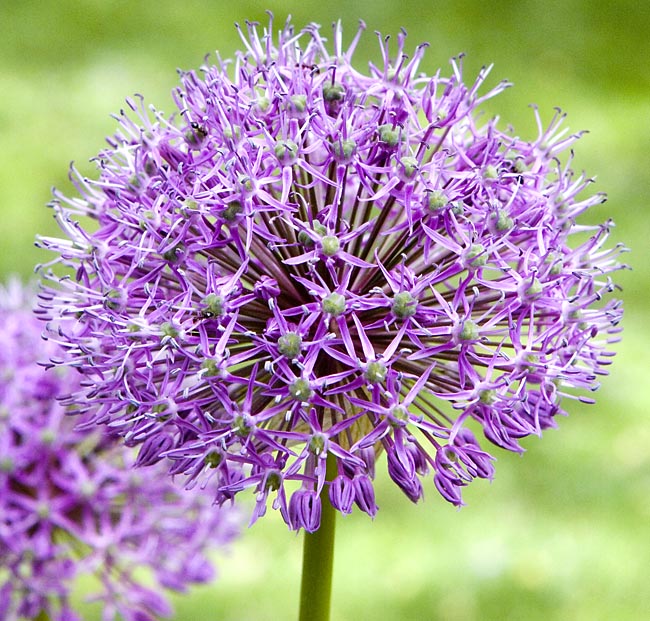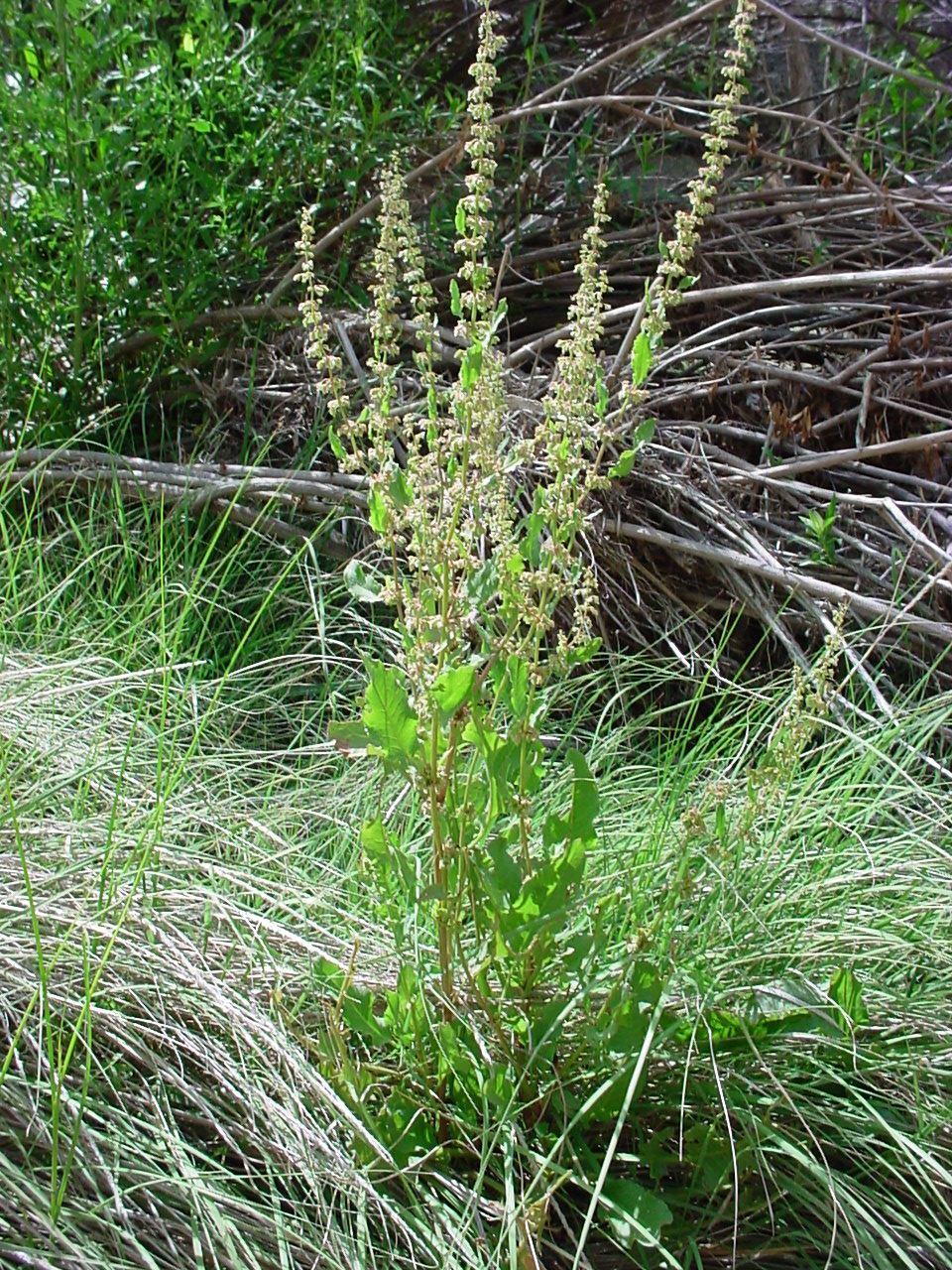How to Find Cheap Valentine Flowers
Valentine's Day flowers are not always easy to find close to the holiday in February, but for many people who at this year's budget to find the cheapest way to say: "I love you" can mean the difference between a happy Valentine's Day or Valentine's expectations. However, anyone who has ever bought a wreath sentimental know that the valentine flowers tend to grow around Valentine's Day and Mother's Day. Even if your budget does not forgive in February, there are several ways to reduce the impact of the holidays. Here are six tips for finding cheap valentine flowers this year.
for many people who at this year's budget to find the cheapest way to say: "I love you" can mean the difference between a happy Valentine's Day or Valentine's expectations. However, anyone who has ever bought a wreath sentimental know that the valentine flowers tend to grow around Valentine's Day and Mother's Day. Even if your budget does not forgive in February, there are several ways to reduce the impact of the holidays. Here are six tips for finding cheap valentine flowers this year.
Shop around. Search for cheap valentine flowers may be as simple as trading a few different flower shops and online flower delivery in the event and find the right deal. Do not forget to read the fine print to find out if there are shipping restrictions or blackout dates. Look at the flower shop, which has been around for some time, offer some form of collateral, and it seems a good choice available.
Looking for coupons. When you make purchases on the Internet, many companies, including those that may offer cheap flowers on Valentine's Day, there are coupon codes available for discounts on products and services. Coupon codes can provide a significant boost in your budget, Valentine's Day without sacrificing quality. Do not forget to read the rules of coupon codes, expiration dates, and requirements for using coupons.
including those that may offer cheap flowers on Valentine's Day, there are coupon codes available for discounts on products and services. Coupon codes can provide a significant boost in your budget, Valentine's Day without sacrificing quality. Do not forget to read the rules of coupon codes, expiration dates, and requirements for using coupons.
Use the buddy system. Some florists have a transaction for a large wreath. If you are looking for cheap valentine flowers, but can not find this size with the same quality you expect lovers considering buying or two dozen roses with a friend and split the cost and color with each other.
Try to plant. If valentine flowers cheap place to consider the plants instead. Plants can be decorated with a bow or take a heart-shaped plastic like the ones made for cake decorating. Less demanding plants tend to be cheaper than around Valentine's Day bouquets. Try Ivy, a traditional symbol of friendship and love.
Send a silk. Silk is a long-lasting flowers cheap Valentine's Day. Silk flowers are also much more suitable for lovers with allergies or reluctance to cut interest rates. artificial flowers last forever, can be reused for other decorative purposes, and can be added to other bouquets and arrangements later.
 Buy less than perfect. There are plenty of valentine flowers vendors that offer both, is less than perfect flowers. Flower stems too short, was in the wrong Bloom, is the color that is not popular, or simply grow at a discount often offers an abundance of cheap Valentine's Day flower shops, roadside stands, and a special Web site. Although the flower is sometimes but not always need a bit of work before the presentation, discounts are often reasonable and useful.
Buy less than perfect. There are plenty of valentine flowers vendors that offer both, is less than perfect flowers. Flower stems too short, was in the wrong Bloom, is the color that is not popular, or simply grow at a discount often offers an abundance of cheap Valentine's Day flower shops, roadside stands, and a special Web site. Although the flower is sometimes but not always need a bit of work before the presentation, discounts are often reasonable and useful.
Search for cheap valentine flowers are not allowed to struggle. Often, the key to cheap valentine flowers is just stick to the budget. Remember that feeling of Valentine's Day gift is far more important than price. In the end, a feast for the recognition of the relationship, something that should be on every day, not just on Valentine's Day. By Frank Milo
Valentine's Day flowers are not always easy to find close to the holiday in February, but
 for many people who at this year's budget to find the cheapest way to say: "I love you" can mean the difference between a happy Valentine's Day or Valentine's expectations. However, anyone who has ever bought a wreath sentimental know that the valentine flowers tend to grow around Valentine's Day and Mother's Day. Even if your budget does not forgive in February, there are several ways to reduce the impact of the holidays. Here are six tips for finding cheap valentine flowers this year.
for many people who at this year's budget to find the cheapest way to say: "I love you" can mean the difference between a happy Valentine's Day or Valentine's expectations. However, anyone who has ever bought a wreath sentimental know that the valentine flowers tend to grow around Valentine's Day and Mother's Day. Even if your budget does not forgive in February, there are several ways to reduce the impact of the holidays. Here are six tips for finding cheap valentine flowers this year. Shop around. Search for cheap valentine flowers may be as simple as trading a few different flower shops and online flower delivery in the event and find the right deal. Do not forget to read the fine print to find out if there are shipping restrictions or blackout dates. Look at the flower shop, which has been around for some time, offer some form of collateral, and it seems a good choice available.
Looking for coupons. When you make purchases on the Internet, many companies,
 including those that may offer cheap flowers on Valentine's Day, there are coupon codes available for discounts on products and services. Coupon codes can provide a significant boost in your budget, Valentine's Day without sacrificing quality. Do not forget to read the rules of coupon codes, expiration dates, and requirements for using coupons.
including those that may offer cheap flowers on Valentine's Day, there are coupon codes available for discounts on products and services. Coupon codes can provide a significant boost in your budget, Valentine's Day without sacrificing quality. Do not forget to read the rules of coupon codes, expiration dates, and requirements for using coupons. Use the buddy system. Some florists have a transaction for a large wreath. If you are looking for cheap valentine flowers, but can not find this size with the same quality you expect lovers considering buying or two dozen roses with a friend and split the cost and color with each other.
Try to plant. If valentine flowers cheap place to consider the plants instead. Plants can be decorated with a bow or take a heart-shaped plastic like the ones made for cake decorating. Less demanding plants tend to be cheaper than around Valentine's Day bouquets. Try Ivy, a traditional symbol of friendship and love.
Send a silk. Silk is a long-lasting flowers cheap Valentine's Day. Silk flowers are also much more suitable for lovers with allergies or reluctance to cut interest rates. artificial flowers last forever, can be reused for other decorative purposes, and can be added to other bouquets and arrangements later.
 Buy less than perfect. There are plenty of valentine flowers vendors that offer both, is less than perfect flowers. Flower stems too short, was in the wrong Bloom, is the color that is not popular, or simply grow at a discount often offers an abundance of cheap Valentine's Day flower shops, roadside stands, and a special Web site. Although the flower is sometimes but not always need a bit of work before the presentation, discounts are often reasonable and useful.
Buy less than perfect. There are plenty of valentine flowers vendors that offer both, is less than perfect flowers. Flower stems too short, was in the wrong Bloom, is the color that is not popular, or simply grow at a discount often offers an abundance of cheap Valentine's Day flower shops, roadside stands, and a special Web site. Although the flower is sometimes but not always need a bit of work before the presentation, discounts are often reasonable and useful. Search for cheap valentine flowers are not allowed to struggle. Often, the key to cheap valentine flowers is just stick to the budget. Remember that feeling of Valentine's Day gift is far more important than price. In the end, a feast for the recognition of the relationship, something that should be on every day, not just on Valentine's Day. By Frank Milo









































































